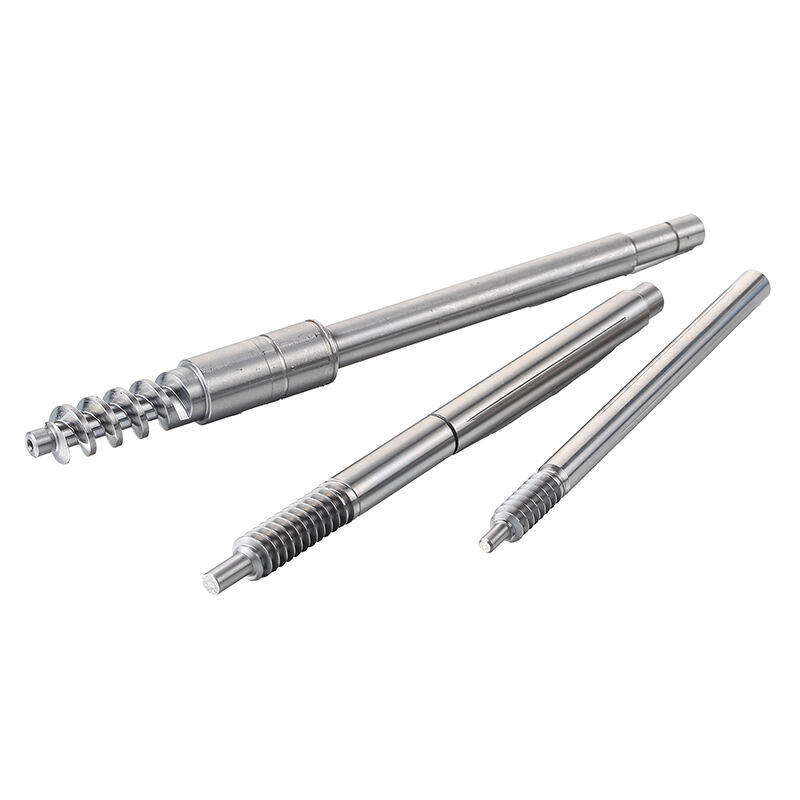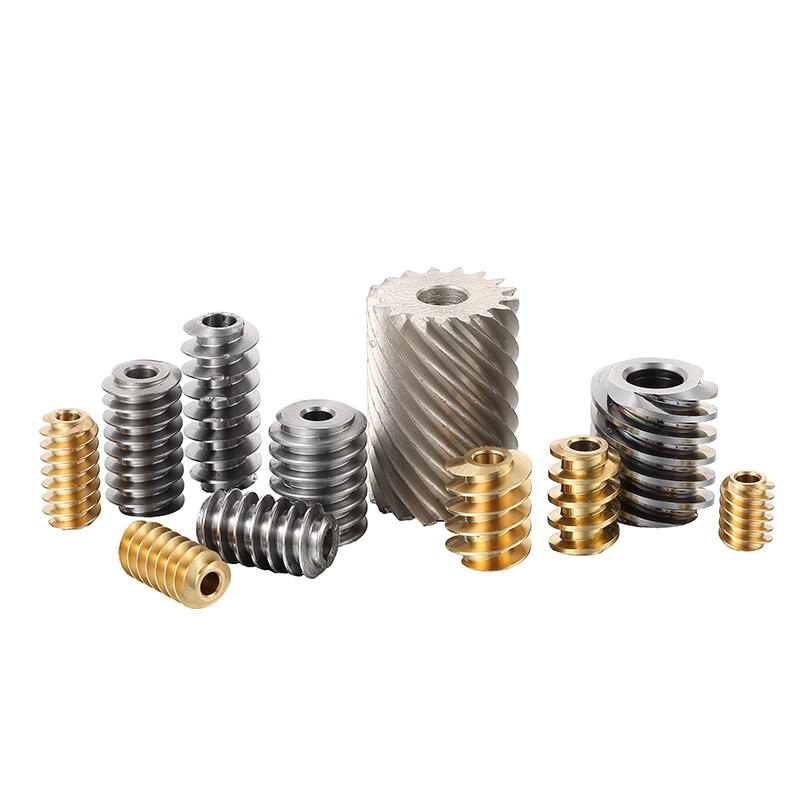commutator in starter motor
A commutator in a starter motor is a vital electrical component that serves as a rotary electrical switch, facilitating the conversion of electrical energy into mechanical motion. This essential device consists of copper segments arranged in a cylindrical formation, insulated from each other and the motor shaft. The commutator works in conjunction with carbon brushes that maintain constant contact with its surface, enabling the transfer of electrical current from the power source to the armature windings. As the motor rotates, the commutator segments periodically reverse the direction of current flow through the armature windings, creating a continuous rotating magnetic field that drives the motor. This mechanical switching action is crucial for maintaining the motor's rotation and ensuring optimal performance during vehicle startup. The commutator's design incorporates precision engineering to withstand high current loads, mechanical stress, and repeated use while maintaining efficient electrical contact. Its copper segments are precisely machined and separated by mica insulation, ensuring reliable current distribution and preventing short circuits. The component's durability is enhanced through special surface treatments and manufacturing processes that resist wear from brush contact and environmental factors. Modern commutators often feature advanced materials and designs that minimize maintenance requirements while maximizing operational efficiency and longevity.


